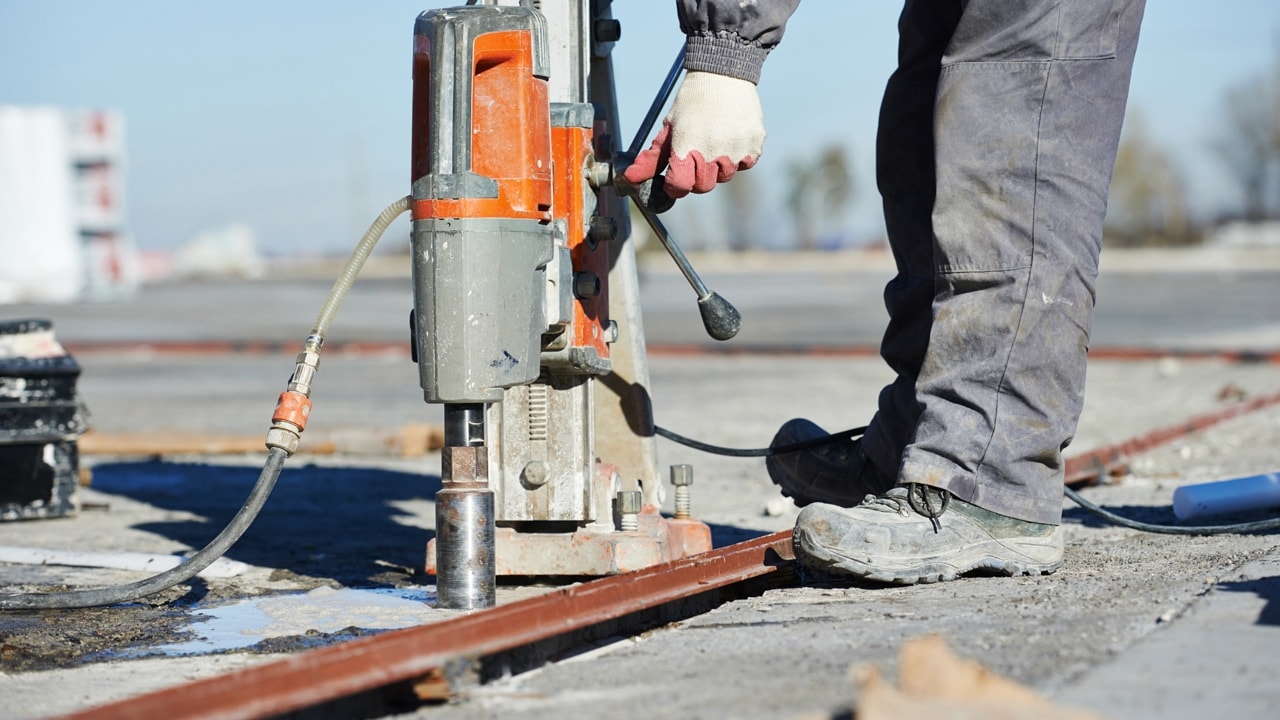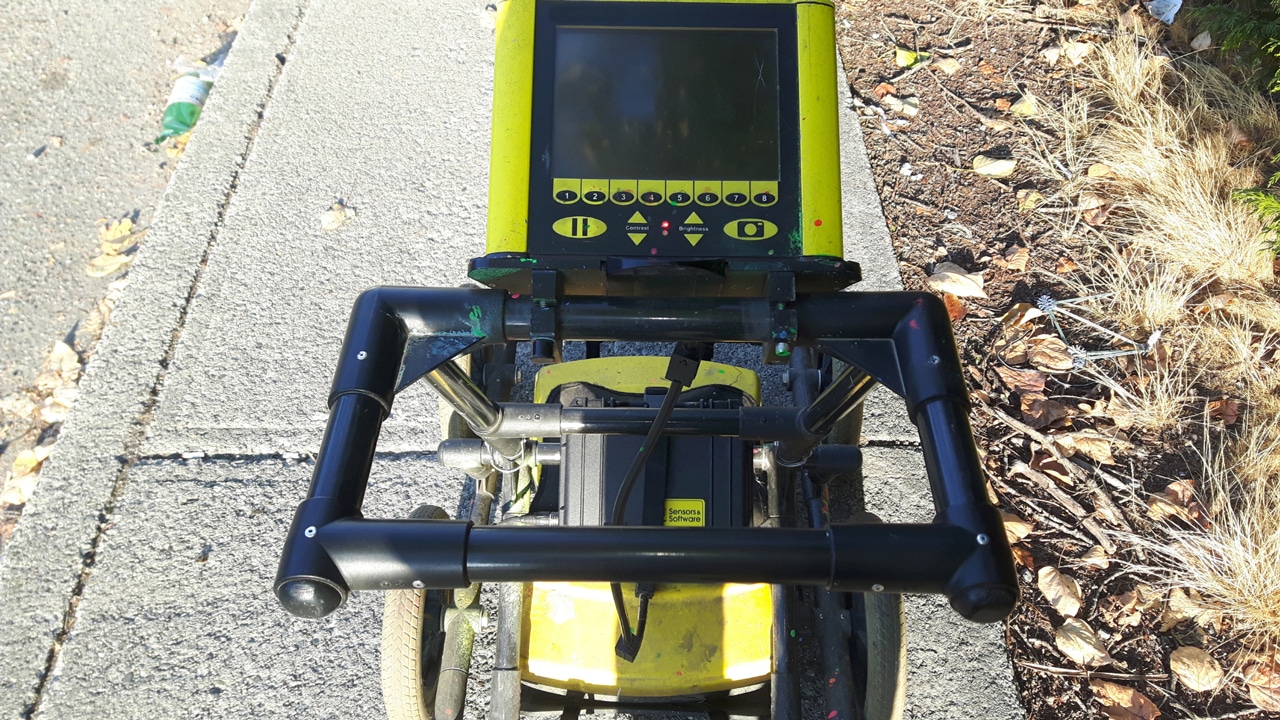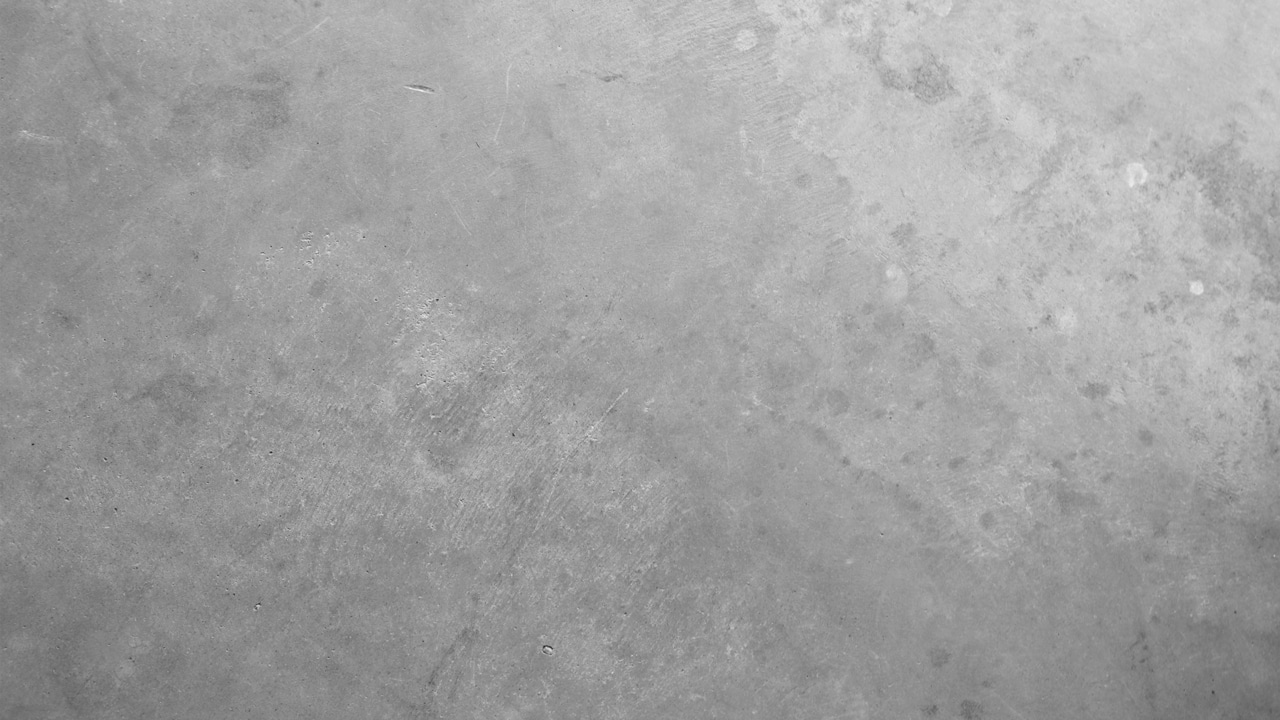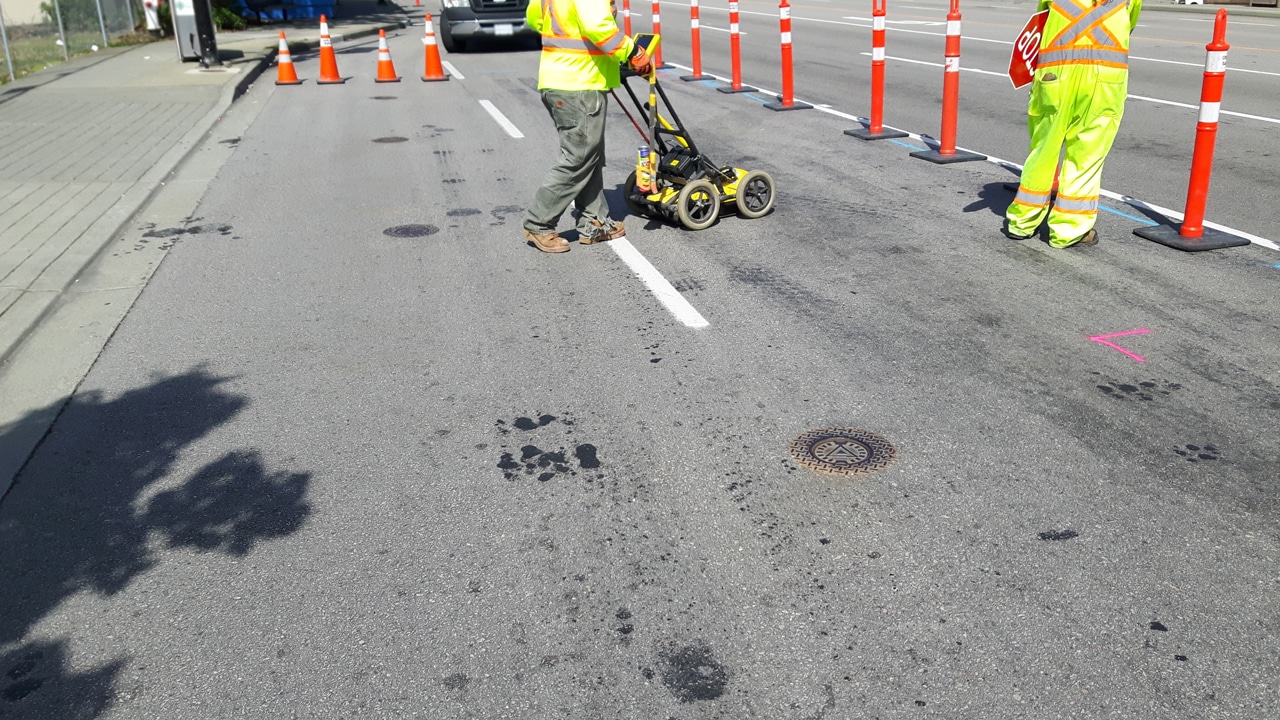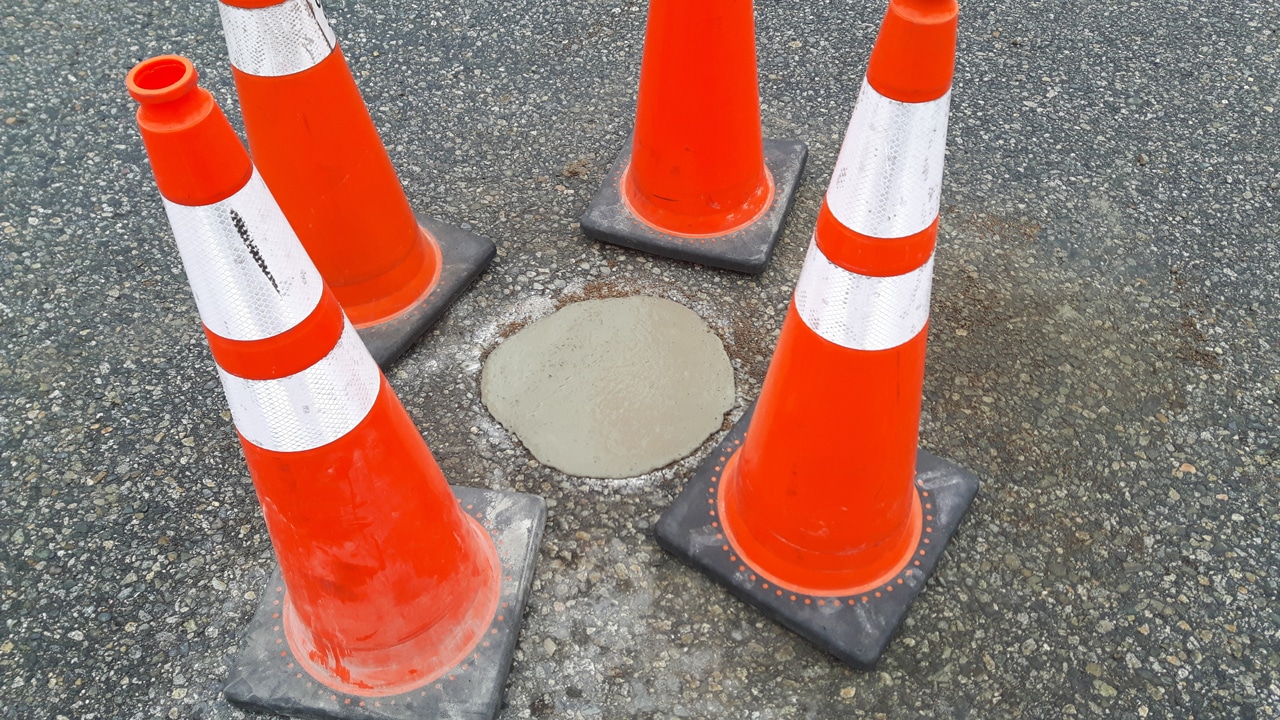You should always consider the first crucial steps before drilling into concrete, no matter the type of project you are working on, such as building or repairing a new shop or a residential neighborhood.
Concrete drilling is hindered by a lot of extraneous objects, like electrical conduits, steel rebar, and PVC or metal pipes and sewer lines. It’s dangerous to drill into these embedded things if they’re not identified beforehand.
Various methods can be used to determine the exact location and what is happening inside drains in order to keep them clean and clear. It is easy to neglect or forget about wastewater pipes and drains because they are hidden. In spite of this, the infrastructures we use every day play an extremely important role.
To maintain a healthy, hygienic environment, drains must be cleaned regularly. Inspecting drains and sewers has never been easier, thanks to modern closed-circuit television video (CCTV) drain survey technology. A CCTV drainage survey is an effective way to ensure no clogs are present in drains and no internal problems exist.
What is a CCTV Drainage Survey?
CCTV pipe inspection cameras mounted on wheels can be lowered and gain access into sewer line pipes instead of digging them or having engineers manually enter them; high-definition images are then displayed on the CCTV camera systems monitor.
From their mobile units, technicians can remotely identify possible problems with pipes using the CCTV video cameras from the CCTV pipe inspection. In addition to rodent infestations and displaced joints that let pests enter drainage systems, these issues can include fissures on sewer lines, worn sections, collapsed sections, pipe blockages, and hairline cracks.
During the analysis, a full drain survey report is provided, along with video footage of the drain system and recommendations as to how the project may be pursued. Suitable for both commercial and residential properties, CCTV sewer inspection can be performed on drains of all diameters.
What is Used in a CCTV Drain Inspection?
Getting a clear picture of the internal components of your drainage system requires various tools and equipment due to its highly technical nature. Tools and equipment for the exercise are typically provided by a leak technician or plumbing professionals. These tools include:
- Waterproof CCTV Cameras
- Sonar Units
- Pipe Rods
- Crawlers
Why Perform a CCTV Drain Inspection?
There are several reasons why pipe inspection and analysis should be performed every few months. In the case of a new home purchase, a CCTV drainage survey is usually required.
Homeowners can perform a CCTV sewer inspection to assess the drain system’s condition prior to purchasing a home. If a home needs to be repaired before it can be deemed habitable, the survey can help to identify those repairs.
The pipe inspection should always be conducted by homebuyers when buying residential properties so that they have a full understanding of what they are getting into.
Hire Professionals For Your CCTV Drainage Survey
A CCTV drainage survey can be helpful and cost-effective to homeowners and tenants when they encounter issues such as leaks and blockages on a regular basis.
Using the latest CCTV survey equipment, our engineers at Util-Locate are able to inspect pipes of all sizes and shapes, identifying any problems in one pass. Get in touch with us today to arrange a CCTV drain survey!

